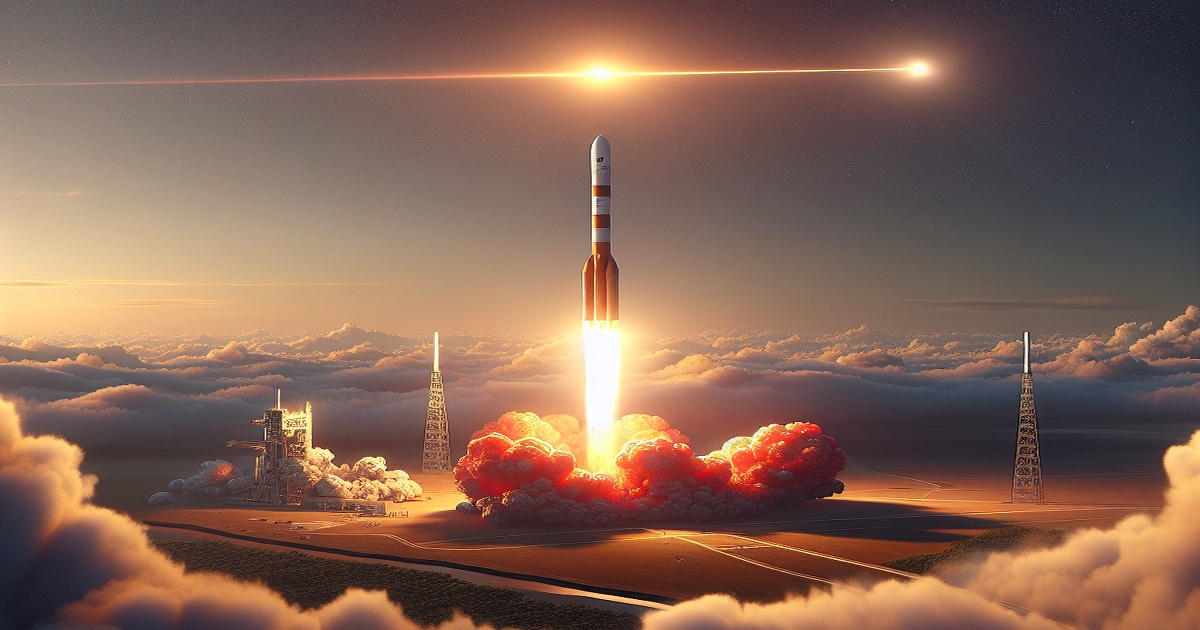On February 2, Japan's H3 rocket accomplished a significant milestone by successfully deploying the Michibiki No. 6 satellite into orbit during its fifth mission. The launch took place at the Tanegashima Space Center located in Kagoshima Prefecture, and this marked the H3's fourth consecutive success following a previously unsuccessful attempt.
The H3 rocket, developed collaboratively by the Japan Aerospace Exploration Agency (JAXA) and Mitsubishi Heavy Industries Ltd., serves as a successor to the H-2A rocket. With its recent achievements, the H3 is demonstrating improved reliability and is positioning itself as a solid contender in the global aerospace market. The Michibiki No. 6 satellite is part of Japan's Quasi-Zenith Satellite System, which aims to provide enhanced location accuracy for smartphones by ensuring that at least one satellite is comparatively high in the sky over Japan at all times.
Japan's goal is to transition to a fully independent satellite network, reducing its current reliance on foreign systems for precise location data. Plans include establishing a seven-satellite framework by March 2026, with an estimated development expenditure for three Michibiki satellites around 100 billion yen (approximately $642 million). The long-term vision involves creating an 11-satellite network that will significantly boost smartphone location precision from a range of 5 to 10 meters down to within just 1 meter.
In 2024, Japan carried out five major rocket launches consisting of three H3 missions and two H-2A missions, slightly trailing behind the six H-2A launches conducted in 2017. As JAXA prepares for upcoming launches, they plan to execute one remaining H-2A and four additional H3 rocket launches before March 2026.
With the aging H-2A nearing the end of its production run and delays affecting the smaller Epsilon rocket program due to several combustion test failures, the H3 is poised to become Japan's primary launch vehicle. JAXA is focused on maintaining the H3's success rate while aspiring to reach the high reliability standard achieved by H-2A rockets, which boasts a success rate of 98 percent, in order to attract more commercial launch opportunities.
To bolster these ambitions, the Japanese government has incorporated budget proposals for fiscal 2025 aimed at enhancing the H3's launch capacity. Plans are underway to expand the Tanegashima Space Center's facilities, which include raising fuel tank capacities so that launches could potentially occur monthly, raising the current operational limit from six launches per year to at least seven.







9 Comments
Raphael
The budget for this could fund social programs that help millions of people in need.
Michelangelo
Investing in space exploration is vital for Japan’s technological advancement. Proud to see this success!
Donatello
Why should we invest so much in space when there are pressing issues here on Earth?
Leonardo
What an achievement! JAXA is putting Japan firmly on the global aerospace map.
Michelangelo
Developing a satellite network just for smartphones seems excessive and wasteful.
ArtemK
Just because it's a success doesn’t mean it’s beneficial. The environmental costs are too high.
Comandante
The money spent on these satellite missions could be better used for education and healthcare.
Coccinella
Satellite precision is crucial for improving various industries. Well done, Japan!
Africa
So proud of the team behind the HTheir hard work is truly paying off!